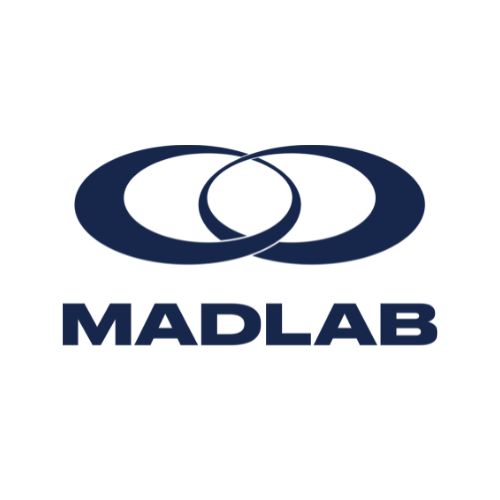PT-FIRST
CHAPTER #5
ONE-ON-ONE CONSULTATION
If you have made it this far, you’re obviously starting to consider the pt-first approach.
So, we’ll make it easy on you and walk you through our process. Though it’s a constantly evolving process and open to change, this is what we have found the most effective.
The first thing that has to happen on the coach’s end is a mindset shift. Specifically, you must change the way you think about sales.
Sales don’t have to be slimy or uncomfortable or weird. Instead, all it is is a conversation between two people to get to the bottom of something—to discover if you have a solution to the person’s problem. That takes the pressure off and just allows the sales conversation to be a natural, organic conversation between two human beings.
Bottom Line:
When you learn to have an organic, genuine conversation with a prospect, where they’re able to open up and trust you with their real problem, they will see the value in what you have to offer and will find a way to pay for one-on-one personal training.
With the above in mind,
The client’s first-day experience should be:
- In a one-on-one setting with one coach and one client
- By appointment only
- A sit-down conversation only (no physical training happens on the first day)
The reason we call this a consult, versus a sales pitch, is because you’re not necessarily trying to sell the prospect
Again, the idea of the consultation is simply to have a conversation to see if you’re a good fit for them and them for you. The ultimate goal is to:
- Discover whether you have a solution to the person’s problem.
- Get a yes or no answer from them whether they want to train with you
Gone are the days where you invest an hour of your time with a prospect only to have them tell you, “Let me think about it and get back to you” at the end. Instead, let the person know the intention of the consultation at the outset.
Rainmaker 201
It comes down to what we call finding a client’s pain. Basically, you want to create an environment where the person trusts you to open up with the real reason they walked through the door.
I want to lose weight isn’t the real reason. The real reason might be: My daughter says I’m too overweight and out of shape to look after my granddaughter, and that crushes me.
When a person becomes vulnerable and opens up about their true WHY, then and only then are you in a position as a coach where you can help them the most effectively.
When you know their problem—when you know their pain, their WHY, their purpose, their intention—they will become a lot more invested in training with you, as you are now a solution to getting what they really want.
So although you might be tempted to sell the person on an effective training program, your real value isn’t in your ability to program a good workout: It’s in being a coach/mentor who can help each individual client get what they really want and need. And much of this has nothing to do with the workout.
This is why we frequently say we’re in the relationship business. Yes, we’re administering effective training plans, but more than anything, we’re creating trusting, lasting, valuable relationships with our clients to help them with the other 23 hours of the day when they’re not at the gym.
Here are 3 tips to help find their pain:
ASK, ASK, ASK
If you’re doing more talking than the prospect, something is amiss. Ask questions, and then ask deeper questions to dig a little deeper.
Don’t settle for superficial answers like I just want to get fit. Ask them why they want to get fit. How it will help their life? Why they think this. Ask, ask, ask..
Pretend you’re a journalist and avoid asking questions they can answer with yes or no. Make them come up with a real answer. And then address the elephant in the room and ask the scary question that will encourage them to give you an authentic answer.
LEARN TO SIT WITH SILENCE
If you’re really digging hard, it might take a while for the client to come up with an answer. You might be asking them questions they have never considered before, or questions that make them uncomfortable. So be OK with sitting in some silence as the challenging questions marinate in their heads.
ACKNOWLEDGE WEIRDNESS
Oftentimes, the moment you tell the prospect about the price, they recoil and get weird.
Similar to asking the tough questions, what’s stopping you from acknowledging this by asking them why their energy just changed?
Address that weird look of fear in the prospect’s eyes—and call them on it. Ask them what just shifted for then, why they just became hesitant.
This puts it all out there in the open and also gives you the chance to explain what you do, to help show value to the client in terms of why your rates are what they are.
If they value what you’re offering and you can show them a solution to their problem—to their pain—they’ll often be willing to spend more money on themselves than they thought they would when they walked through the door.





